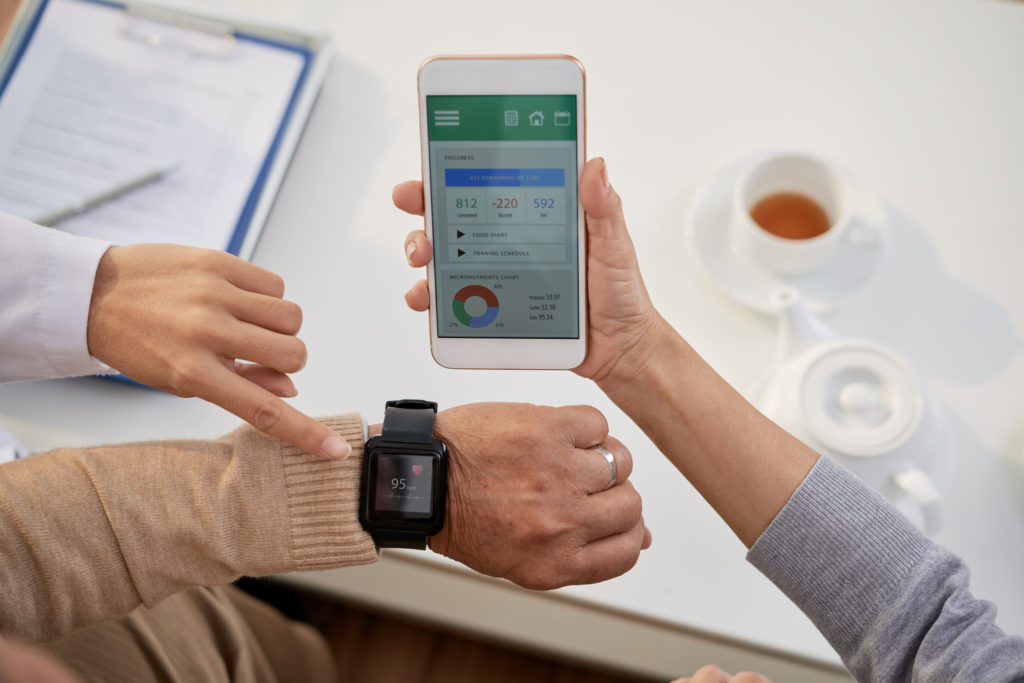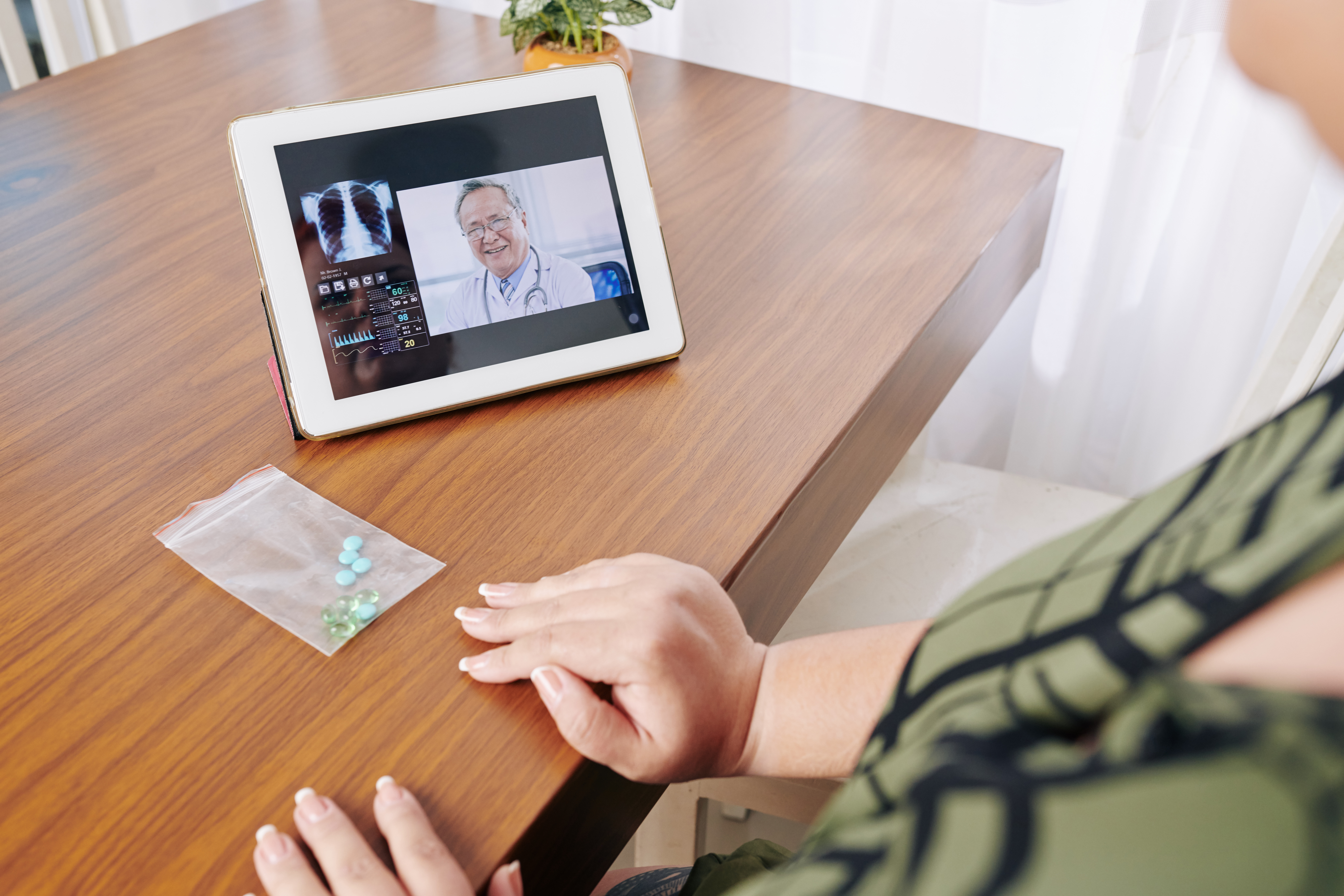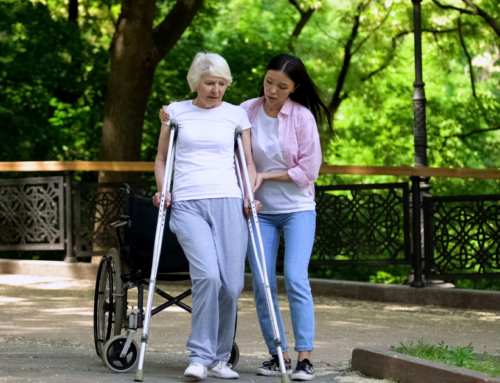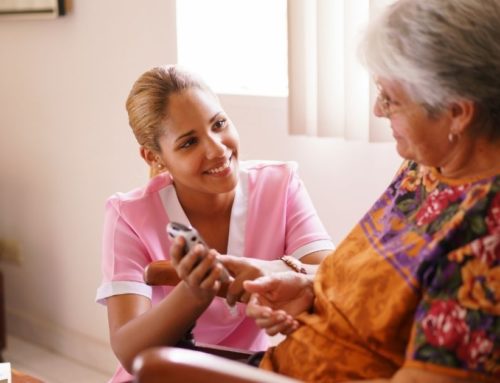Limitations on Telemedicine
A recent article by Healthcare IT News notes that the widespread use of remote telehealth does have its limitations. For instance, accessing COVID-19 tests remains difficult without seeking in-person services. Additionally, flawed telemedicine programs have the potential to continue to overwhelm medical providers. However, remote medical services undoubtedly serve a critical need during this scale of global health crisis. Hospitals are becoming more attune to the best approaches for using telemedicine. Simultaneously, patients are becoming more familiarized with the practice. As telehealth becomes more nuanced, these services continue to protect patients, healthcare workers, and caregivers from the spread of COVID-19.
New Wave Home Care Clients Utilizing Telemedicine
Encouraging the switch to telemedicine took up part of New Wave Home Care’s early responses to the coronavirus crisis. Our initial list of preparations and precautions during COVID-19 includes transferring as many of our clients’ health appointments to virtual and remote meetings as possible. This simple effort to keep in-person medical visits to a minimum keeps both caregivers and clients as safe as possible while our caregivers continue providing their services.
Similar efforts by care providers around the world means many seniors are utilizing telemedicine for the first time. This new process might feel strange to some, and if this is the case, we are here to help. For guidance on receiving telehealth services, or any other questions, please feel free to contact us at any time. For more information specific to our precautions against the coronavirus, please see our COVID-19 updates.
Protecting In-Home Care Providers and Clients from COVID-19
With the spread of COVID-19 overwhelming hospitals, medical providers are turning to telemedicine as a way to supplement in-person medical appointments. Utilizing telemedicine can mitigate overflow in hospitals. Additionally, moving non-emergency medical appointments online is helping to protect patients from avoidable exposure to the virus. Many medical facilities are also treating mild and moderate COVID-19 cases remotely. Meeting with COVID-19 patients virtually can cut down on exposing others to the virus. More comprehensive uses of telehealth hope to protect patients and health care workers by cutting down on the amount of in-person interactions necessary with healthcare.
Telemedicine and Senior Health
Telemedicine has become increasingly critical to the medical industry since the advent of COVID-19, but is not an entirely new practice. According to Aging Care, telehealth became an emerging resource in senior health and elderly care well before the coronavirus outbreak. Many nursing homes, in-home care services, and hospitals have undertaken telehealth programs specific to their elderly patients in recent years. Widely accessible, remote appointments offer an advantageous alternative to traditional in-person medical appointments. Some telemedicine approaches also include in-home medical equipment that can allow doctors to monitor patients remotely. Even before the necessity of telemedicine during the COVID-19 outbreak, these practices have proven to cut down on hospital visits, increase patients’ access to care, and save money.

The proven convenience of remote medical appointments cuts down on both financial and logistical barriers, issues which affect seniors more heavily than any other demographic. With virtual appointments including video calls, phone calls, and messaging, doctors can communicate with and treat patients more frequently. More advanced technologies can even help physicians monitor patients remotely when direct caregiving is not an option. Utilizing telemedicine when an in person visit proves difficult or impossible also has the potential to decrease cases of preventable hospitalization. Instead of avoiding medical attention until an issue becomes critical, patients can meet with physicians promptly online and avoid worsening their condition.
Accessing Telemedicine Services
For first time patients, telemedicine may seem hard to navigate, or simply strange when used to receiving in-person care. Luckily, many medical providers are making the switch to telehealth services fairly simple.

The basics of telemedical appointments require virtual interaction between a doctor and patient either over the phone or computer. A smart phone, tablet, or computer webcam provides an optimal platform for physicians to speak to patients face to face. Utilizing video calls can help a physician diagnose many conditions without having to conduct an in-person visit. Other forms of communication can supplement video calling for those who do not have access to a video camera. Often, patients can send images to their doctor via email or messaging system if the doctor needs to diagnose a visible ailment.
Most medical facilities will indicate their current telemedicine options, as well as what services they offer that are specific to the COVID-19 crisis, when contacted. When seeking a new medical provider, it may help to inquire about what a provider’s telehealth options include. In addition to virtual appointments, other telemedicine services frequently include prescription delivery.
Limitations on Telemedicine
A recent article by Healthcare IT News notes that the widespread use of remote telehealth does have its limitations. For instance, accessing COVID-19 tests remains difficult without seeking in-person services. Additionally, flawed telemedicine programs have the potential to continue to overwhelm medical providers. However, remote medical services undoubtedly serve a critical need during this scale of global health crisis. Hospitals are becoming more attune to the best approaches for using telemedicine. Simultaneously, patients are becoming more familiarized with the practice. As telehealth becomes more nuanced, these services continue to protect patients, healthcare workers, and caregivers from the spread of COVID-19.
New Wave Home Care Clients Utilizing Telemedicine
Encouraging the switch to telemedicine took up part of New Wave Home Care’s early responses to the coronavirus crisis. Our initial list of preparations and precautions during COVID-19 includes transferring as many of our clients’ health appointments to virtual and remote meetings as possible. This simple effort to keep in-person medical visits to a minimum keeps both caregivers and clients as safe as possible while our caregivers continue providing their services.
Similar efforts by care providers around the world means many seniors are utilizing telemedicine for the first time. This new process might feel strange to some, and if this is the case, we are here to help. For guidance on receiving telehealth services, or any other questions, please feel free to contact us at any time. For more information specific to our precautions against the coronavirus, please see our COVID-19 updates.



